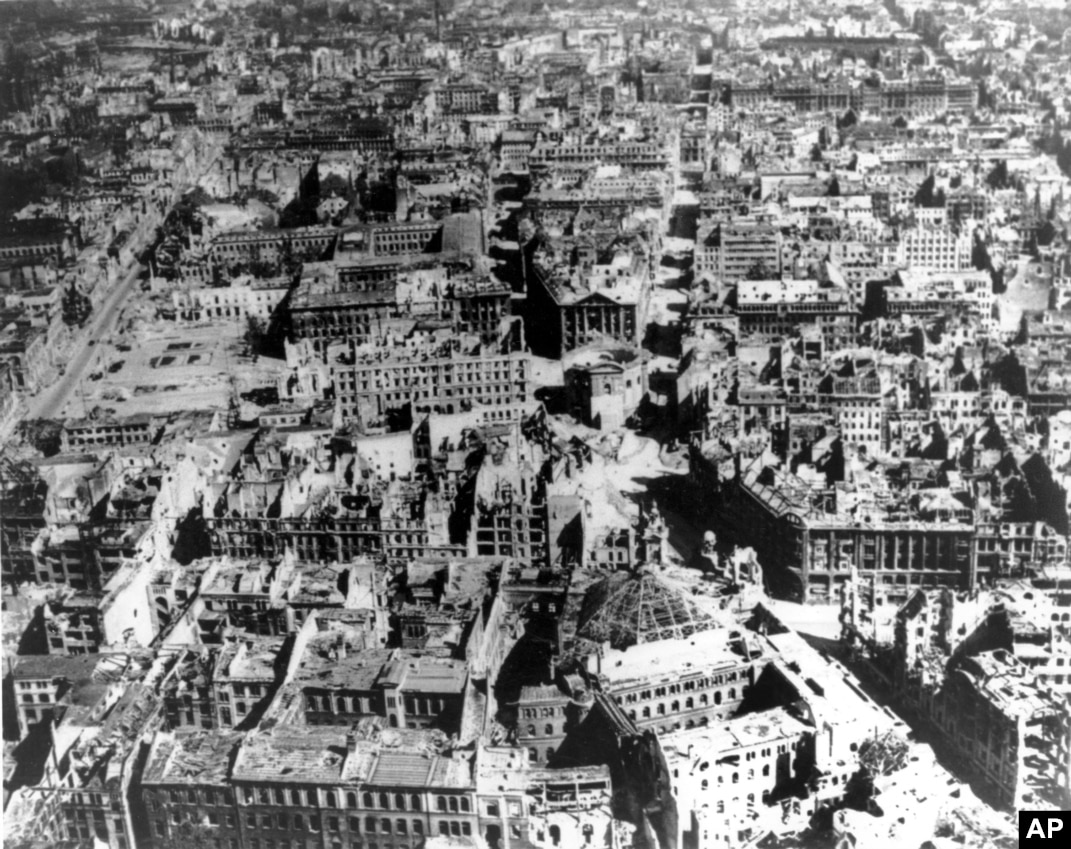In East Germany, there the Soviet Union had created its most industrially productive European satellite, fully integrated into Comecon. Strategically East Germany was of great importance to the USSR; control over East Germany enabled the Soviets to keep Poland surrounded and to keep communist troops within easy reach of West Germany.
Every year thousands of East Germans had been escaping into West Berlin, and the East German population had declined by 2 million between 1949 and 1961. Because West Berlin provided an example of prosperity and free democratic government that was more effective than any propaganda, Khrushchev was determined to get the Western powers out of Berlin.
He threatened to sign a peace treaty with the puppet government of East Germany, which was not yet recognized by the West, to turn over to it all communications to Berlin, and to support it in any effort it might make to force the Western powers out. Western refusal to abandon agreements concluded during World War II led to a prolonged diplomatic crisis in 1959.
The Western powers could not permit the Soviets to re-create the conditions that led to the airlift of 1948 or accept the suggestion that, once Western troops were removed, Berlin would become a “free city.” Defenseless and surrounded by communist territory, Berlin and its 2 million citizens might soon be swallowed up. Moreover, the Soviet proposal for a confederation of East and West Germany aroused the gravest doubts.
How could a state that was a full member of the Western coalition of NATO join with one that belonged to the Soviet coalition’s Warsaw Pact? How could a state that stood for capitalist development federate with one completely communized? How could a parliamentary state governed by a multi-party system federate with a communist totalitarian state?
While the Berlin threat persisted, the new American president, Dwight D. Eisenhower, and Khrushchev agreed to exchange visits, and Khrushchev made a dramatic tour of the United States. But when the leaders of the two great powers met at the summit in Paris in May 1960, tensions were once again inflamed by a striking incident.
A Soviet missile had brought down an American U-2, a lightweight, extremely fast plane that had been taking high-altitude photographs of Soviet territory from bases in Turkey and Pakistan. The Soviets had captured the pilot unharmed. After an initial denial, Eisenhower had to admit the truth of the charge; the incident ended both the summit meeting and the plans for his own visit to the Soviet Union.
When Eisenhower’s successor, John F. Kennedy (1917-1963), met Khrushchev in Vienna (June 1961), Khrushchev insisted that his country would sign the treaty with East Germany before the end of the year. Tension mounted, and the number of refugees fleeing from East Berlin rose to a thousand a day. On August 13, East German forces cut all communications between East and West Berlin and began to build the infamous Berlin Wall to prevent further departures.
Taken by surprise, the United States realized that it could not resort to arms to prevent the closing of East Germany’s own border. The wall became the symbol of a government that had to imprison its own people to keep them from leaving. Escapes, recaptures, and shootings continued along the wall for nearly three decades, but the immediate crisis proved to be over. Khrushchev had backed away from unilateral cancellation of the Berlin treaties.

